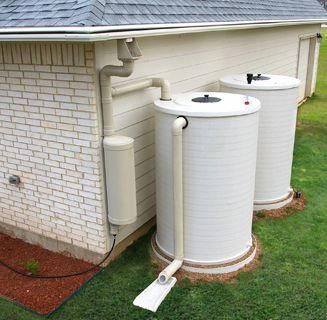- To pollute water means to contaminate or make water impure.
- Some ways in which water is polluted include oil spillage, floods, waste from industries, acid rain, uncontrolled use of farm chemicals and human and animal waste.

Harvesting Rain Water